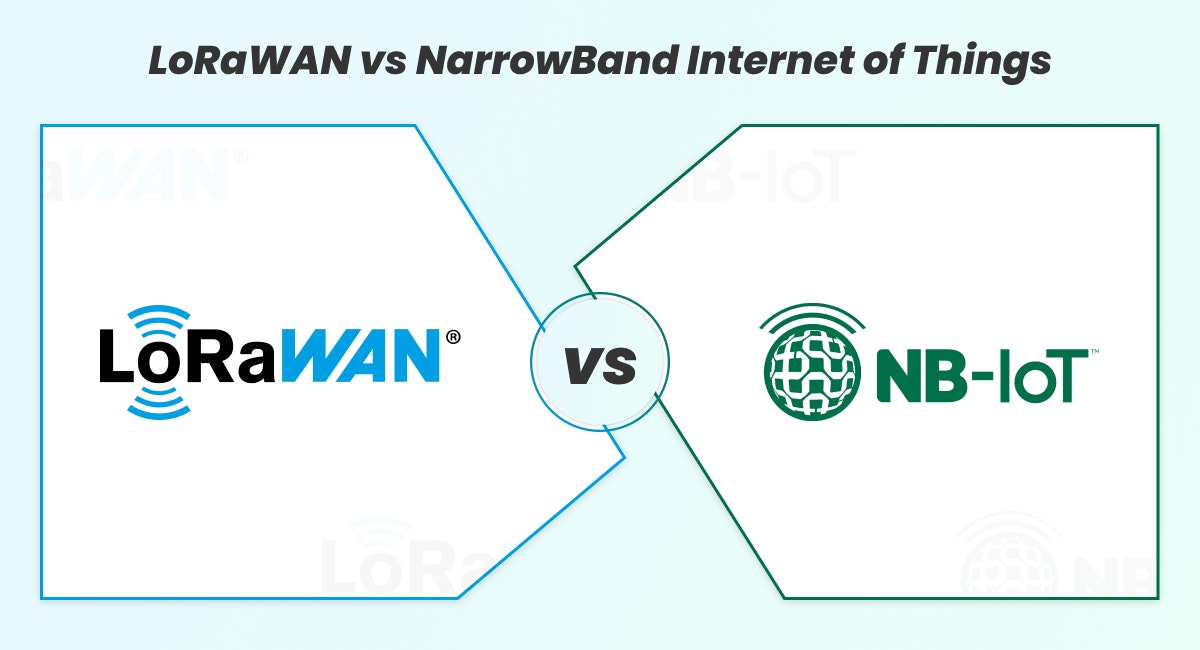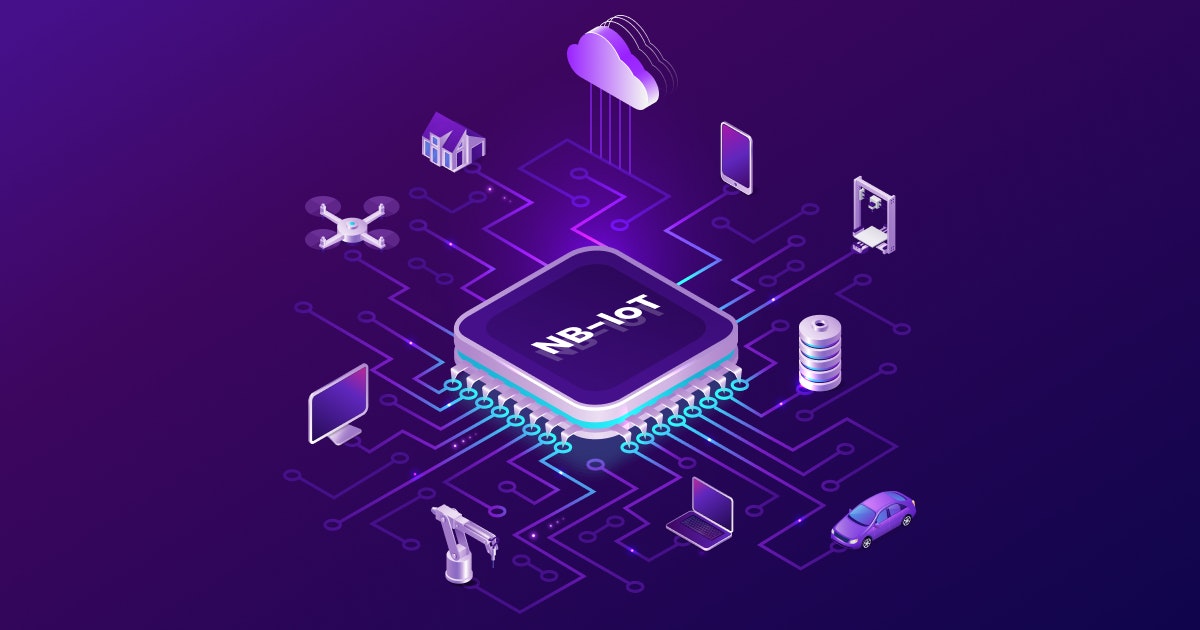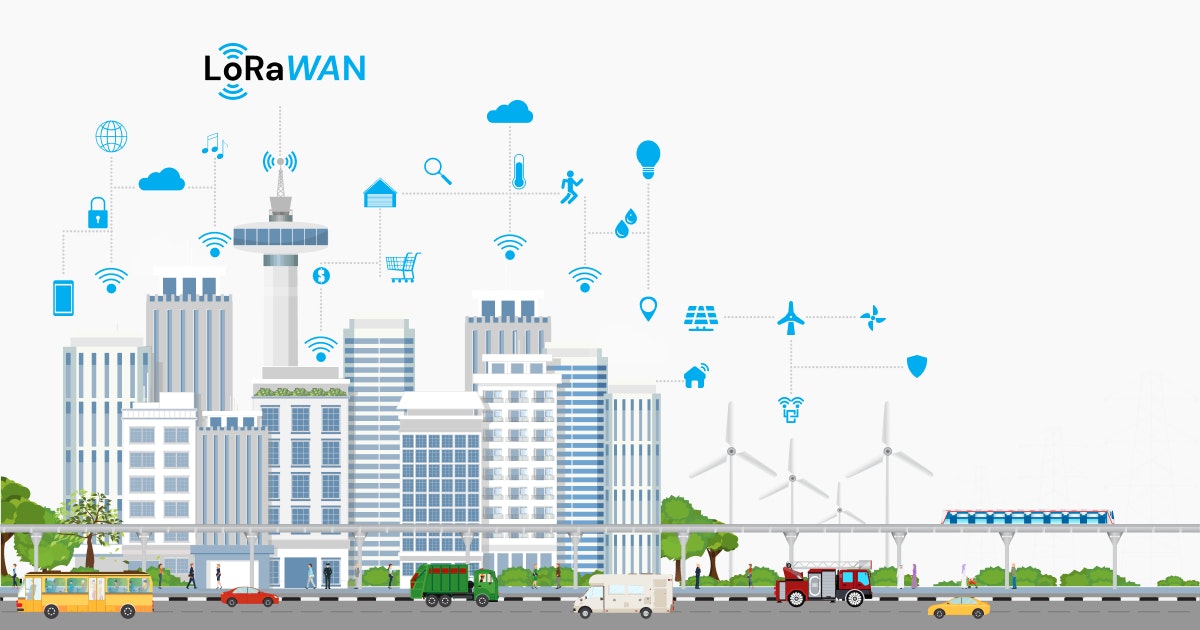The market of IoT has been expected to reach beyond 75 billion devices till 2025 and we will be needing wireless networks for supporting them. The scope of IoT application development services is increasing day by day as people and companies are adopting IoT trends with evolving technological trends.
IoT is the term that is used for connecting devices to the Internet. There are so many areas that can get connected to IoT like kitchen appliances, automobiles, heart monitors and more such.
There are five major pillars that make an IoT infrastructure and they are data storage, platforms, technologies, data analytics and security. The important part of any internet-connected device is five pillars that are responsible for the growth of IoT solutions. IoT app development solution helps in connecting diverse devices to provide smart and instant user experiences to all the needed people.
Talking about IoT technologies, then there is no doubt in saying that IoT technologies is driving the future. App technology is a critical component when we talk about the development of IoT solutions.
Usually, app permits the exchange of data between various devices. Apps are important for the IoT development and their relevance can get captured through many examples that covers parking apps, noise monitoring apps, structural assessment apps and more such.
Brief information about LoRaWAN
LoRaWAN can be defined as the communication protocol and system architecture that is used for the network when the LoRa physical layer allows the long-range communication link.
The protocol and the network architecture consists are influencing in finding out the battery lifetime of a node, quality of the service, network capacity, security and different variety of apps that are served by the network.
Dealing with the LoRaWAN IOT development experts will give you confidence to get the expected solution that will match to your business needs.
As Per the Statista, LoRaWAN is going to account for almost 85.5% of all the LoRaWAN connections till 2023.
The growth rate of LoRaWAN is more than 100% and market is currently focusing on four technologies. Asia-pacific is doing the major adoption of LoRaWAN technologies.
Utilities are the major market segment in the LoRaWAN market and satellite communication is increasing its role in the LoRaWAN market.
Business benefits, applications and deployment tips of LoRaWAN
- LoRaWAN is popular for its ultra-low power long range of applications because the network operates on unlicensed ISM sub-1 GHz spectrum network which is free to access for network operators and manufacturers both.
- If we talk about the deployment status of LoRaWAN then as per the LoRa Alliance, there are 83 public network operators in almost 49 countries who are using LoRaWAN in today’s time and many more private enterprises networks are also running on LoRaWAN.
- It consists of many different networks that are highly flexible to deploy which means they can be installed in private, public and even on hybrid networks, outdoors or indoors.
- The signals of LoRaWAN has capability to penetrate in urban installations and can cover around 30 miles/gateway in the rural and open environments.
- It allows data to be sent asynchronously that means the data is being sent only when it is necessary. This will help in exceeding the life of battery of sensor devices in the field area up to 10 years and will keep the cost of battery replacement very low.
- It offers a transmit current of 18mA at 10 dBm and 84 mA at 20dBm. The difference in the modulation permits LoRaWAN to get supported by low cost batteries which includes coin cells.
- LoRaWAN offers low power sensor BOM costs and battery life for remote sensors. It will receive current of ~5 mA which means LoRaWAN will operate at a low power of around 3-5x.
- It features a data rate of around ~293 bps - 50 kbps. The protocol of LoRaWAN can adapt a data rate dynamically that depends on how far is the sensor from the gateway and thus can optimize time-on-air of the signal and can reduce collisions.
- The LoRaWAN MCL single changes depending on the regional regulatory limits. The link of the budget falls between dB and 170 dB in the best case.
- LoRaWAN has capability to provide support for mobile sensors and can track the same as assets move from one location to the other one. All these can be managed without GPS having good accuracy for many apps.
Brief information about NB-IoT
Narrowband Internet of Things (NB-IoT) is a LPWA (Low Power Wide Area) technology which is developed for enabling a wide range of new IoT devices and services.
NB-IoT is used for improving the power consumption of user devices, spectrum efficiency and system capacity specially in deep coverage. The battery life which is more than 10 years can get support for a wide range of use cases.
The main focus areas of NB-IoT are indoor coverage, high connection density, low cost, long and battery life. Narrowband IOT development is not that difficult as it seems to be as the only thing on which you need to focus is to find best company who have years of experience in dealing with such services.
The NB-IoT market is going to grow from 272 million USD till 2019 to 2002 million USD till 2024 having a CGPR of 49.1%. Seeing the growth of IoT adoption and rise in the use of the connected devices is responsible for the growth of the market of NB-IoT chip market.
It has been predicted by ABI Research that the increasing demand for NB-IoT modules that are forecasted to account for about 20% of all cellular shipments till 2021.
The statistics tells that the total number of cellular IoT connections that includes NB-IoT and M2M globally from 2015 to 2021.
Best business benefits, applications and deployment tips of NB-IoT
- Narrowband Internet of Things is supported by third generation partnership Project and GSMA, two telecommunications standards associations having shared goals of advancing the interests of cellular networks and devices.
- It uses cellular spectrum network that is optimized for the need of efficiency of spectrum on everything as the license fees for using frequency bands is very high and is limited for a few licenses that can afford to pay for it.
- In the near future, GSMA is the organization which is representing the interest of LTE, NB-IoT and different mobile networks claims that approximately 40 countries are expecting to roll out NB-IoT networks.
- NB-IoT uses LTE cellular infrastructure which means the networks are outdoor public networks where they have cellular towers of 4G/LTE. The base stations cannot get located easily even if the sensors are out of the range of the base station.
- NB-IoT maintains synchronous connection with the cellular network having no relation even if the data is present to send. This will consumers the battery life for sensor devices that results in high battery replacement costs that can be cost prohibitive in most of the applications.
- The NB-IoT sensors consumers ~220 mA at 23 dBm and 100 mA at 13 dBm which means it needs more power for operating and required more frequent battery replacements or large batteries.
- It operates a receive current at ~40 mA and has a communication between cell network and the device consumes over 110 mA on an average that lasts for tens of seconds at one time.
- It has the ability to peal data at the rate of ~250 kbps and is suited best for high rate data use cases having a high power budget.
- NB-IoT need a significant repetition for remote sensors at a low bit rate for supporting remote sensors. The budget of the link rests at 164 dB best case.
- It is limited to idle mode cell reselection that is not well optimized for mobile asset tracking.
Comparison between LoRaWAN and NB-IoT
LoRaWAN and NB-IoT - Competitors or Complementary?
Whether its LoRaWAN or NB-IoT, both have their own benefits, features, pros and cons. As LoRaWAN is an open LPWAN system architecture which is developed and standardized by the LoRa Alliance on the other hand NB-IoT is a standard low power wide area technology which is developed for enabling various range of new IoT services as well as devices.
There are so many options for the need of LPWA connectivity but these two LoRaWAN and NB-IoT have shown a great momentum and will share the most of the market in the coming years.
Their potential barriers cover following information-
The carriers moving to provide full support for the LTE can face the problem of deployment. Deploying NB-IoT in the sideband, you can increase the initial cost for developing the operating system. Further, the modern frontends and antennas that can become complex where GSM spectrums are present. There is the risk that the ISP giants can ratchet up the whole licensing fees. There is no doubt is saying that the Gartner sees the NB-IoT a part of the LPWAN landscape and with its dawn of 5G, cellular IoT has a bright future.
LwM2M vs. MQTT: Functions, Benefits, And Differences
Read NowWrap Up
Both LoRaWAN and NB-IoT have their own features and important and are used for different purpose at different industry sectors. Reading the above content, you will be able to get all the important information on LoRaWAN and NB-IoT.
If you are looking for Narrowband IOT development or LoRaWAN IOT development, we at Intuz are specialized in dealing with all such services. We are experienced in IoT firmware development and expert in providing IoT app solution services.




